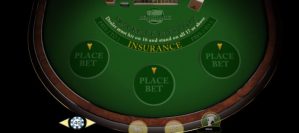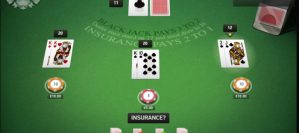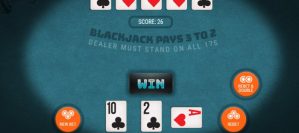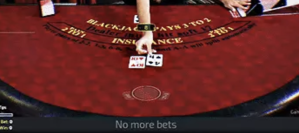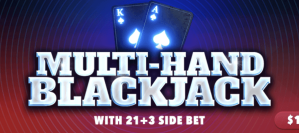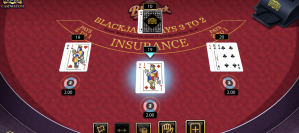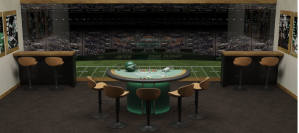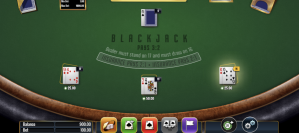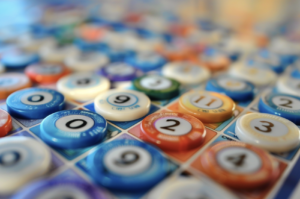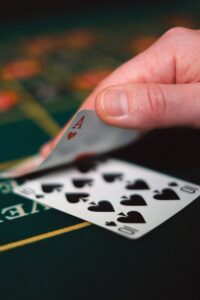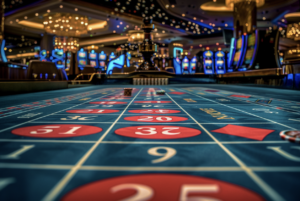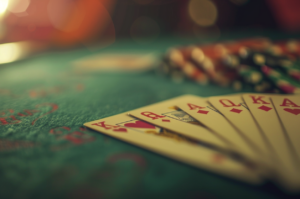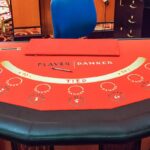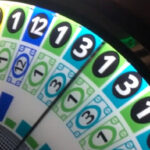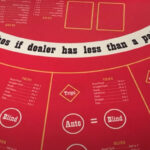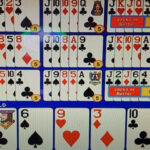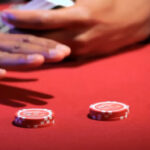Blackjack is one of the most popular casino games of them all: a simple enough card game that pits player against dealer in a bid to get as close to 21 as possible without going over it.
Blackjack is also a casino game with a particularly small house advantage, making it quite difficult to lose big over a night – though, of course, irresponsible gambling practices always lead to huge losses, even in blackjack. Optimum play will give the house a tiny 0.5% house advantage and even playing fairly recklessly will only give the house a 2% lead on any hand of blackjack. By contrast, slot machines have a house advantage of 5 to 17% and over 5% for American roulette.
On the flipside, it’s also a game where the payouts are never all that huge either. The best payout you can expect with any hand of blackjack is 2:1, and that’s only when you get a blackjack – which is to say when you are dealt an ace and a picture card or a ten in your opening hand.
This is why side bets are fairly popular in blackjack – but what are they and how do they work?
What They Are
Side bets probably sound a bit sketchy what with “side hustle” being a term for a particularly underhanded bit of wheeling and dealing (though actually it’s nothing whatsoever of the sort, usually), but actually, side bets are very common practice and all they really do is increase the odds of winning more money on a game of blackjack, while also worsening your odds by increasing the house advantage to as much as 10%.
Which is why, of course, they should be used carefully and sparingly as the relative financial safety of responsibly playing a game of blackjack can spin out of control if you start blithely taking every side bet you can. Play them smartly, though, and you can leave the table with far more money than you would win in a normal game.
So, what is a side bet? Simply, it’s placing an extra bet on another part of the gameplay involved in any given hand of blackjack.
The three most common types of side bet are:
- Insurance
- Perfect Pairs
- 21+3
Here’s how each of these work…

Insurance
As the name suggests, this side bet covers yourself if the dealer draws an ace side up for themselves – which is to say, when the face-up cards of their opening deal to themselves is an Ace. What happens is that the player bets up to half of their original stake on the dealer having a blackjack and if the dealer does indeed have that lethal combo, the side bet pays out 2:1, which means that players basically get their original bet back.
This is especially useful if the dealer has an ace and you have something like a 3 or a 4, because there’s a very high chance that the next card dealt will be a 10 or a picture card (they make up 16 out of the 52 cards in a standard deck!), which will immediately cause the dealer to win and even if it’s not, and their other card is, say, an 8 or a 9, the chances of beating the dealer is just as slim.
This is by far the most common side bet of them all.
Perfect Pairs
This is a bet purely on your own cards that, as you may have guessed, you’re dealt a pair of matching cards in your opening hand. The way this breaks down in as follows:
- Mixed pair. Two cards of the same value but different suits and colors. It pays 5:1
- Coloured pair. Two cards of the same value and the same color, but not necessarily the same suit. It pays 12:1
- Perfect pair. Both cards are identical: same color, same number, same suit. This pays a whopping 25:1
These are the most common payouts, but they can vary from casino to casino. And, depending on the amount of decks used, the house advantage varies too.

21+3
Not as common as the above two side bets and a good deal riskier, but these are arguably the most exciting side bets. In this side bet, you’re betting on both of your opening cards and the dealer’s upturned card and what you’re essentially doing is creating poker hands out of those three cards.
Here’s how that looks (again, these are usual payout rates but specific numbers may vary):
- Flush: All the cards are of the same suit. It pays 5:1
- Straight: All three cards make a consecutive set (like 3, 4, 5) regardless of suit. This pays 10:1
- Three of a kind: Three of the same card in different suits. This one pays 30:1
- Straight flush: This is where you have a consecutive set, but all of the same suit. The payout for this is 40:1
- Suited triple: This is where you have three of literally the same card, so same number and suit. This one if very rare so it pays 100:1
To Side Bet or Not to Side Bet
Needless to say, these are riskier bets still and carry with them higher house advantages, but the payouts are clearly worth it if you can afford the risk.
To be clear, these house advantages are as big as they are because the payout is significantly smaller than odds, especially once you get to those 21+3 side bets. The chances of getting a suited triple, for example, may well be 500:1, depending on the amount of packs used, but they only pay out 100:1. A 100:1 payout is still a damn sight more lucrative than a 1:1 or 2:1 payout, nonetheless.
Like blackjack itself – at least where you’re not allowed to count cards – this is overwhelmingly a game of chance and though the chances of winning big are much higher with side bets, so are the chances of losing very, very big. Which is why these bets should be used sparingly and only if your very strict budget allows for them.


